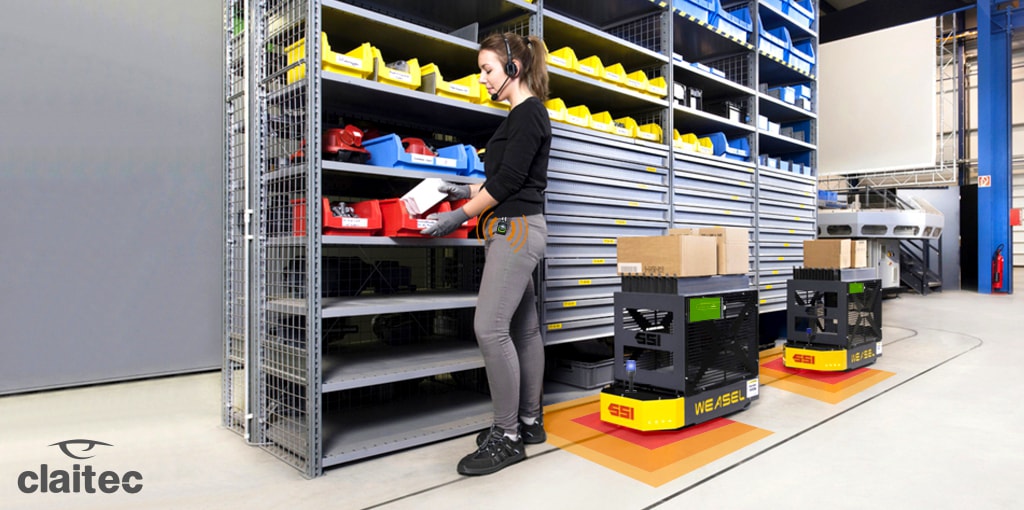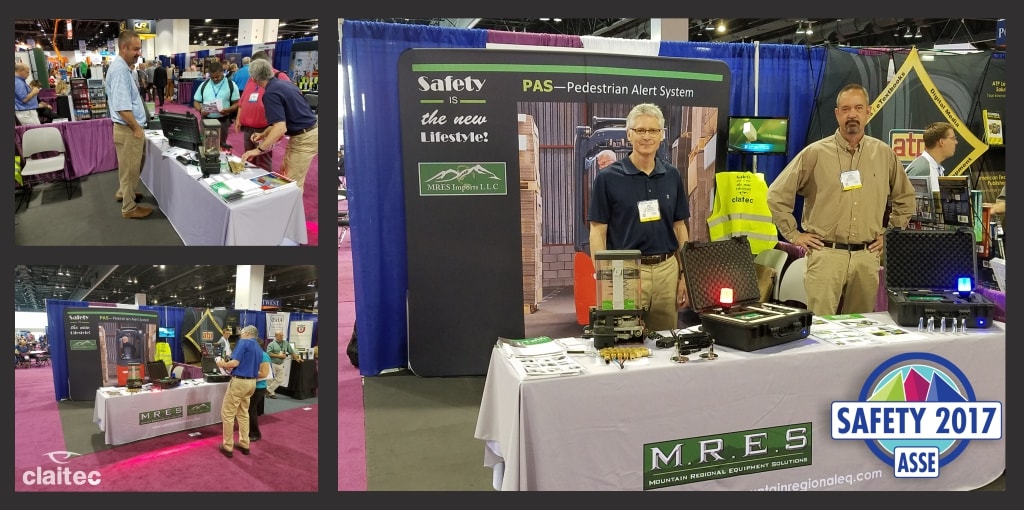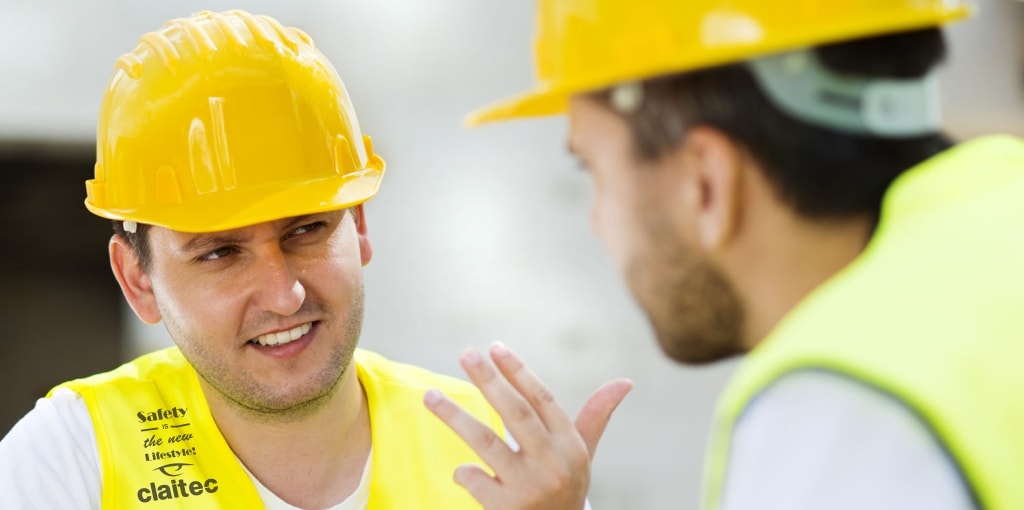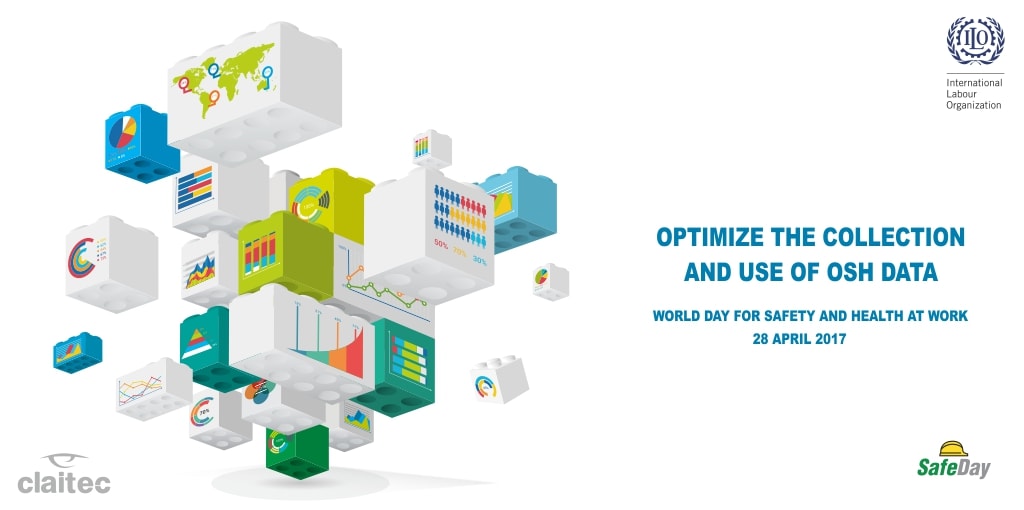In today’s blog post we’d like to introduce a new device developed by Claitec to offer Smart safety solutions to industrial workers, always taking into account the ins and outs of their daily work dynamics.
The T-10 Mobile Inhibitor is a device carefully placed at the back of the protection key (T-10) carried by forklift drivers, to prevent its detection. This allows the operator to drive the forklift safely while keeping the Pedestrian Detection System active in order to avoid accidents with pedestrians circulating in the work area and nearby spaces.
In addition, when using the mobile inhibitor, the driver can leave the truck and perform picking or merchandise control operations, being sure that his Pedestrian Alert system tag is protecting him from the moment he steps out of the forklift.
A perfect blend of safety and practicality
The driver inhibitor guarantees the correct functioning of the anti-collision system, as it allows drivers to operate forklifts without interrupting the PAS solution. However, it’s important to leave “free access” so that the anti-collision system works without any problems.
We should emphasize that Claitec has developed the new T-10 mobile inhibitor based on the experience of our customers and users, and we’ve refined it with some of the strong elements we’ve been observing and detecting in everyday industrial operations.
One of the most frequently reported situations was that drivers were getting off the forklifts and leaving the T10 tag inside the inhibitor. Often, they also leave the truck without the safety tag. This prevented them to receive the appropriate warnings from the detection system thus leaving them vulnerable to accidents.
With this new development, the mobile inhibitor is placed on the back of the driver’s T-10 protection key with a connection installed inside the truck. This way the protection keyring is not detected, and the pedestrian detection system activated allows drivers to circulate safely. Likewise, when the operator leaves the forklift, the inhibitor is automatically released and the person is again detectable by the PAS system.







